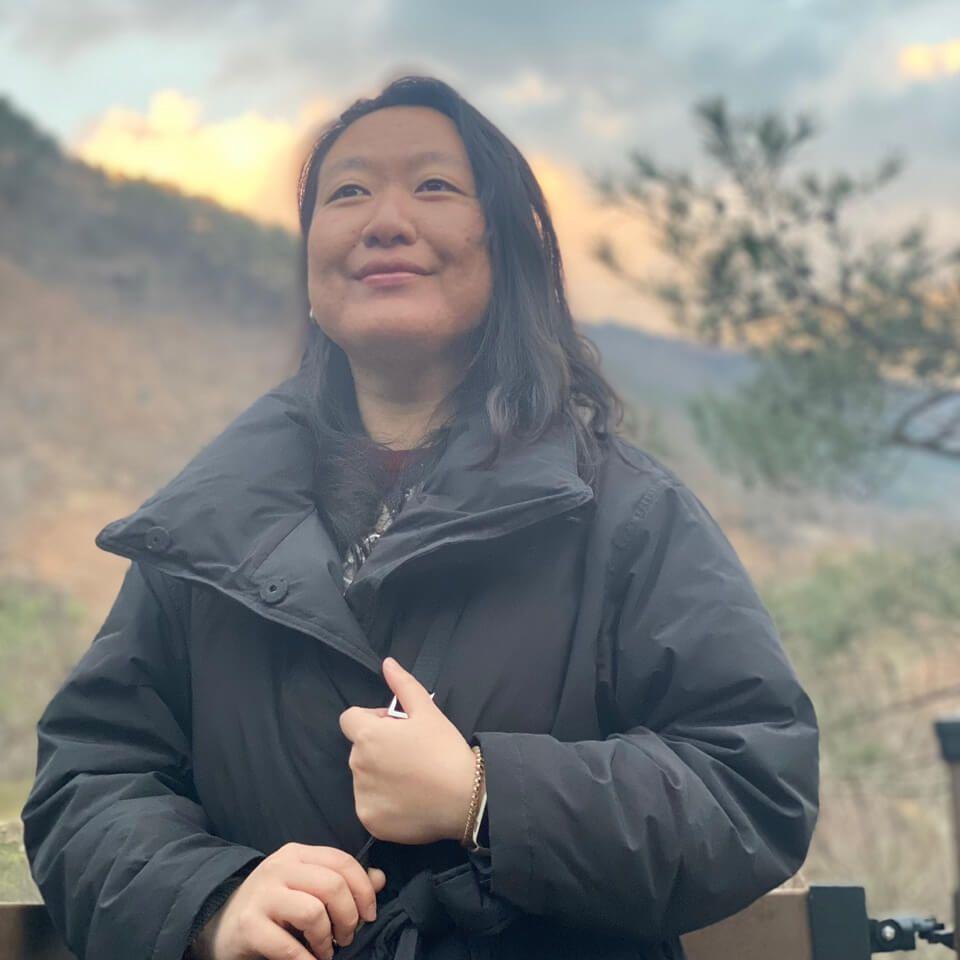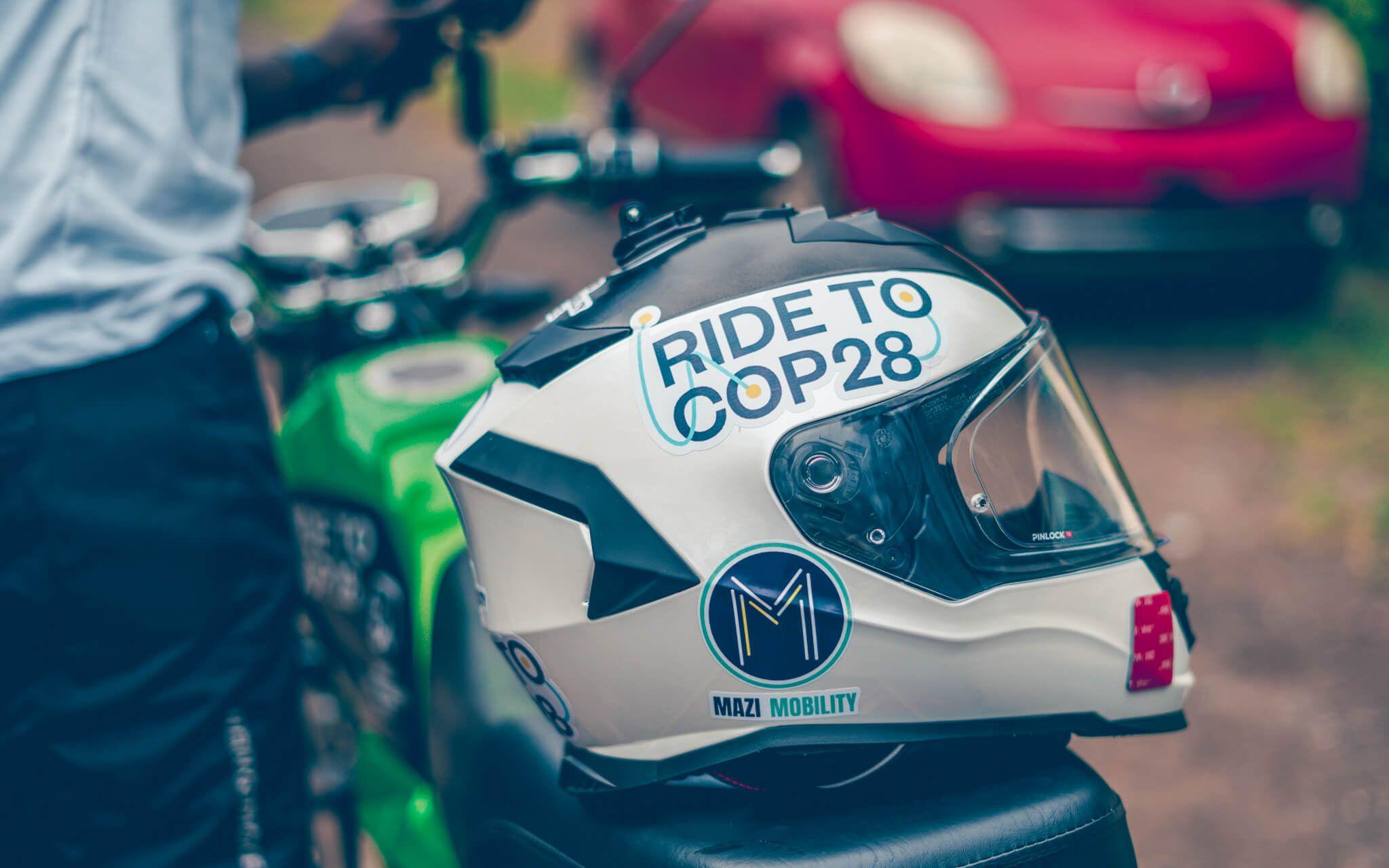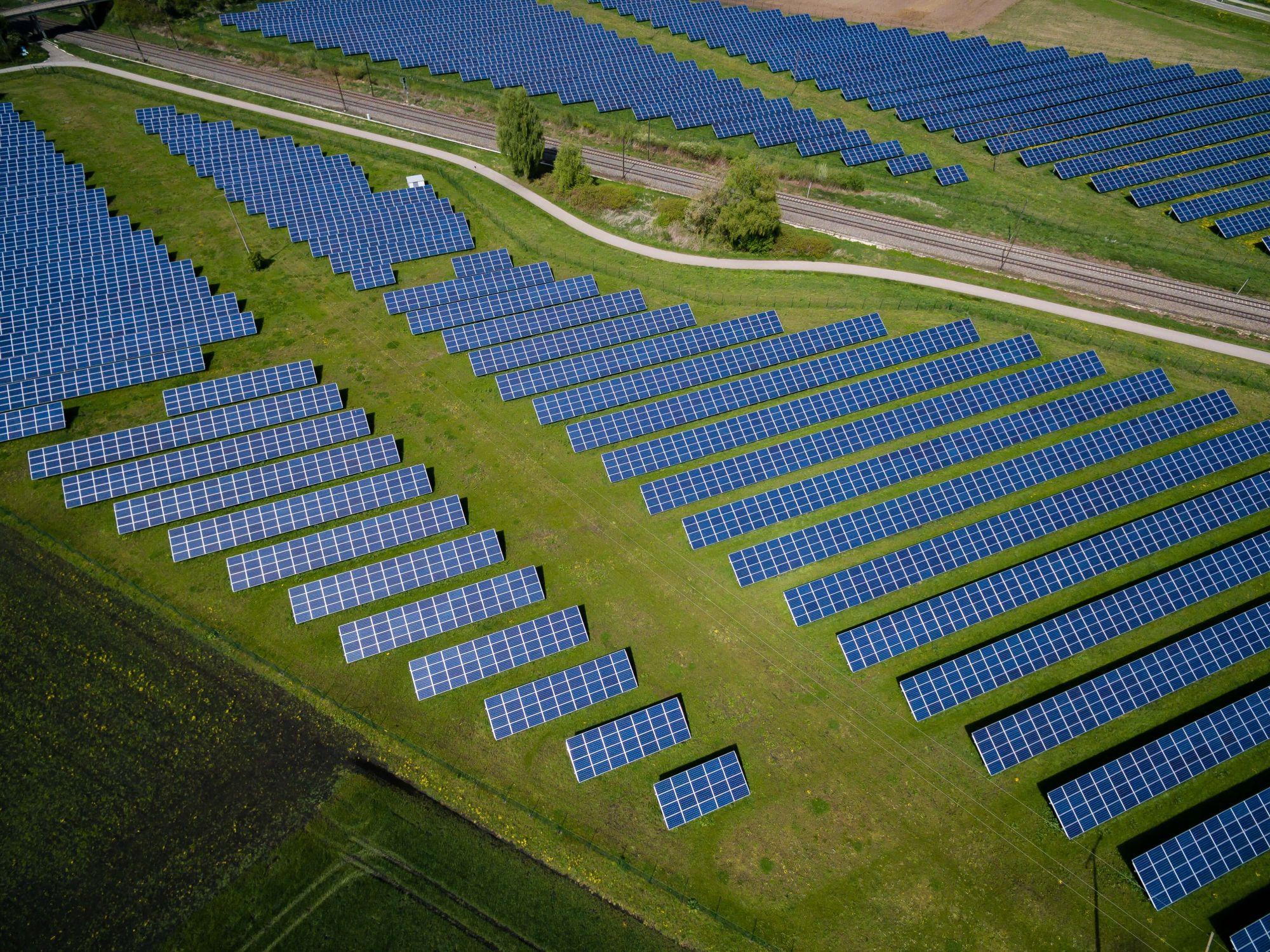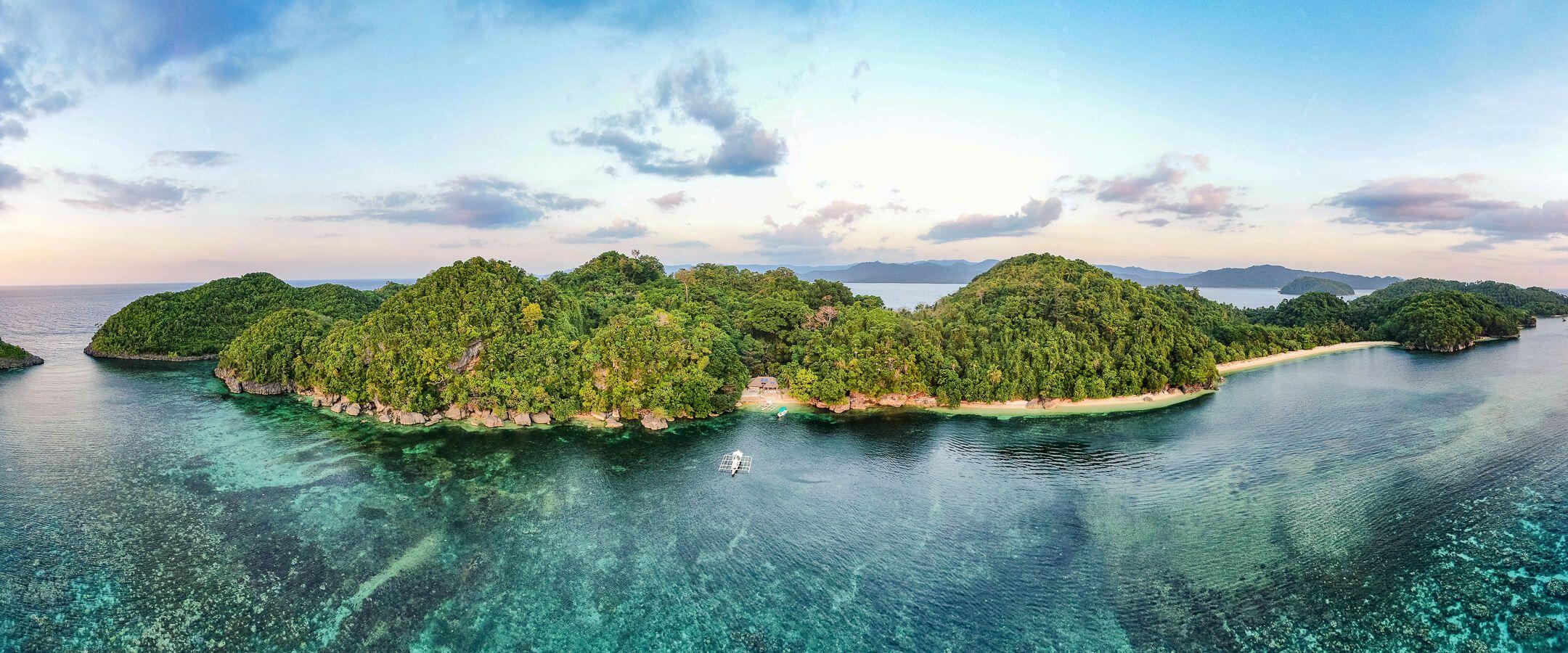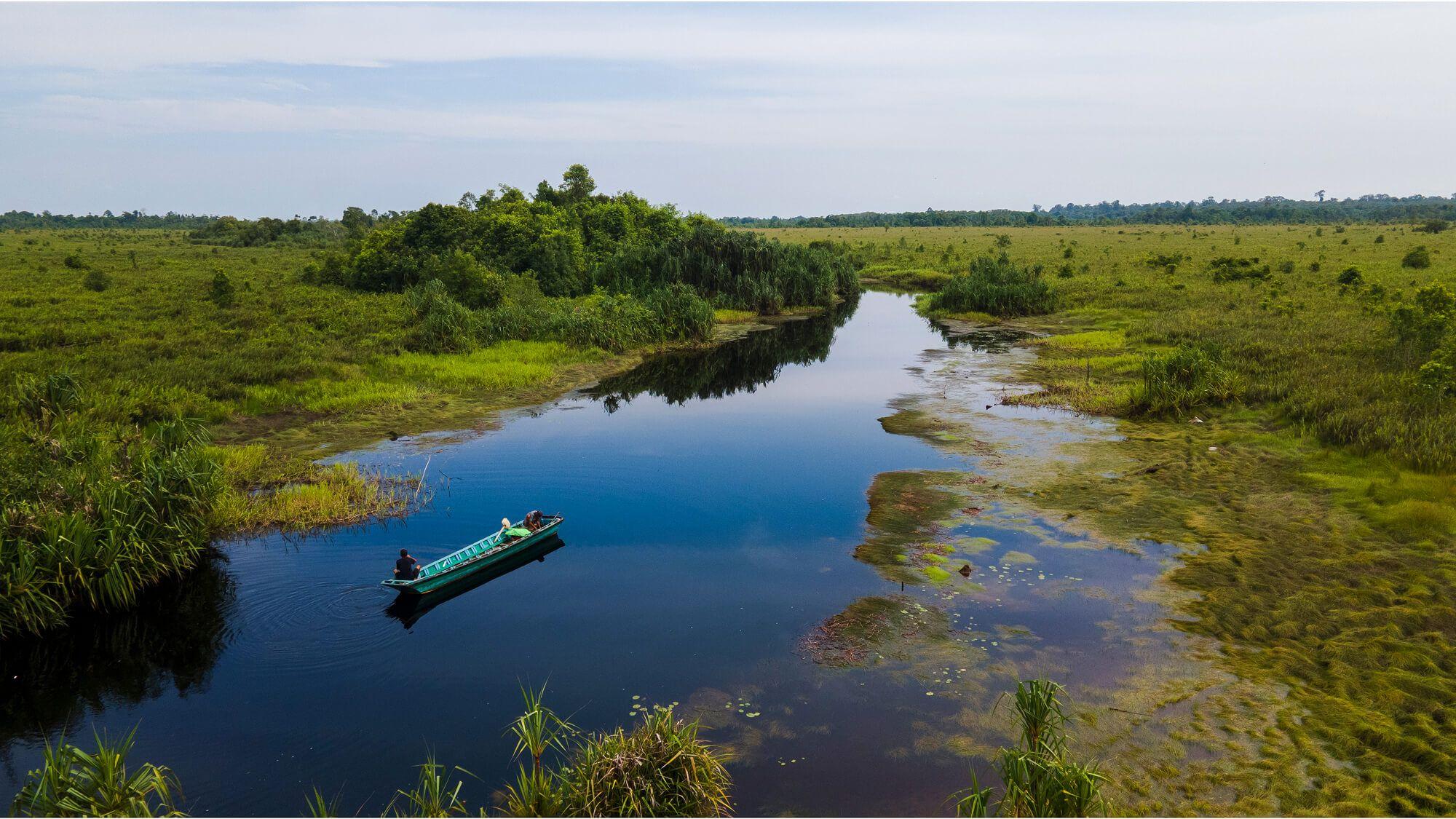The Invisible Monster of Plastic
What happens when three acclaimed filmmakers come together on a mission to expose the unseen, yet poisonous, impact of microplastics on the human body and our planet? We spoke with the creative minds behind Plastic People. Rick Smith, President of the Canadian Climate Institute and the author of international best-seller Slow Death by Rubber Duck; Ziya Tong, an award-winning author and a broadcaster currently serving as a trustee of WWF International; and Ben Addelman, an award-winning director whose work is screened at major festivals and networks such as Sundance, Hot Docs, and National Geographic.
The world is trapped in an irrevocable cycle of plastic consumption.
An estimated 15 million tonnes of plastic enter the environment every year. From 2019 to 2020, microplastics were found in 60% of fish globally. More than 1 million seabirds lose their lives from plastic waste each year.
Don’t even get us started on the turtles.
There’s no shortage of data showing that we are drowning in plastic, but have you ever wondered, given all the evidence, if plastics are inside our bodies? The answer is yes; in fact, we’re practically swimming with them.
A new documentary, Plastic People, tells the story of microplastic, this invisible monster, from its conception to its modern-day impacts in undeniable detail. It is a first-of-its-kind, comprehensive story on the history and effects of microplastics from its origins to the present day.
Co-director and documentary subject, Ziya Tong, is a journalist, environmentalist and award-winning author. In the film, Ziya – who currently serves as Vice Chair of WWF Canada and a trustee of WWF International – discusses the shocking findings regarding microplastic’s impacts on health and the environment, from her personal spaces to the global scope.
The Journey into Our Bodies
“I think people are often a bit disconnected from the discussions around plastic pollution and fail to see how they can contribute to the solution,” says Rick Smith, the President of the Canadian Climate Institute and the subject and science consultant for Plastic People.
His work inspired Plastic People. Over the past twenty years, he dedicated himself to researching toxic chemical pollutants and their impacts on human health—even conducting research using his own body.
“I was diagnosed with thyroid cancer a couple of years ago,” Rick shares. “I’m fine now. However, one of the drivers of thyroid cancer is plasticising chemicals,” he says, candidly connecting the dots.
“Increasingly, we are damaging our health by allowing these uncontrolled kinds of pollutants in our lives. And it’s got to change.” Yet, it was a deeply personal journey that allowed Rick to see the real effects and consequences of disposable plastic use.
“We have this silly idea that there’s some protective boundary around us. But we are fundamentally built from the world around us. We’re porous beings,” says Ziya Tong.
As co-director and investigative documentary subject, Ziya invites viewers to explore her personal spaces—her home and the inside of her body—and the findings are overwhelming. Throughout the film, Ziya undergoes various medical tests to determine the amount of microplastic materials in and around her body.
By the end, they’ve found microplastics in her food, her bloodstream, and, well, her faeces, too.
“Getting over the embarrassment of my faeces being on a big screen in a movie theatre was a struggle–immensely personal,” Ziya chuckles as she shares the awkward yet brave moment she shared it all with the viewer.
However, for Ziya, it was important for the audience to recognise the quantity of microplastics one person could be exposed to. “It’s important that what you see in the film is what comes out of my body. From relatively small samples,” Ziya emphasises.
“They found 11 microplastic particles in a 2.5 ml of blood sample. I have five litres of blood going through my system as an adult human. You cannot imagine how much toxic burden regular bodies bear.”
These intimate journeys into Rick and Ziya’s bodies become the sacrificial bedrock for Plastic People’s shocking revelations.
Increasingly, we are damaging our health by allowing these uncontrolled kinds of pollutants in our lives. And it’s got to change
Following The Puck
“Documentaries solve real-world problems. They wake people up. They change policy. They rattle cages,” Ziya says.
So, how exactly did Plastic People drive me, for instance, a South Korean consumer, to stop my partner from getting another roll of cling wrap?
Here is where Ben Addelman, the director of Plastic People, enters the interview. The award-winning veteran director of 20 years has worked with underdog communities around the world that needed a platform against their goliaths.
Ben’s portfolio showcases his interest in asking meaningful questions in a world filled with cognitive dissonance and distractions.
“About 15 years ago, I made a film called Kivalina vs. Exxon. It was about a small town in Alaska called Kivalina that sued big oil and gas companies, including Exxon. Residents of Kivalina were destined to be climate change refugees,” Ben shares, home life bustling in the background of the Zoom call.
“With Plastic People, the phenomenon (of microplastics) is nearly an invisible one, so it was tricky. It was important to balance the context with the current science. We also had to address how humanity got into this predicament in the first place,” he explains.
Ben decided to craft the story of microplastics by maintaining open-mindedness and letting the facts take the team to unexpected places.
“I enjoy figuring things out as you go, and that’s when the best parts happen,” he says, recalling some brilliant moments born of spontaneity.
“We chased a story around the world. We ended up going to Turkey, Manila – that wasn’t in the original pitch,” Ziya elaborates. “In Canada, we say, ‘You follow the puck.’”
One such improvisation led them to film a live C-section operation at Fatebenefratelli Hospital in Rome. The scene shows both the arresting moment of cesarean birth and further eye-opening truths about finding microplastic particles in the placenta.
This is a beautiful moment contrasting with the devastating implications of how the world’s obsession with plastic will impact not only our planet’s future but also our species' development.
These moments of the film push the viewer to reckon with the unsettling and powerful new truths: we’re becoming a plastic people.
“I saw my role in making the information watchable and accessible. Some might think it’s cliché, but knowledge is power. I want our message to spread far and wide,” Ben explains.
I saw my role in making the information watchable and accessible. Some might think it’s cliché, but knowledge is power. I want our message to spread far and wide.
Rick also adds that the timing of the documentary was chosen to coincide strategically with the making of the Global Plastic Pollution Treaty.
“We’ve structured a campaign around the film to work with different organisations on educating the public and making changes,” Rick explains.
For Ziya and Rick, the filming was new and exhilarating.
“When Ben and I were invited by the Turkish scientific team at Çukurova University to examine the microplastics found in human brains – that was my favourite moment,” Ziya recalls.
Rick recalls the film screening in Ottawa at the 4th International Treaty Negotiation in front of 3,000 global policymakers.
After viewing Plastic People, anyone would walk away stunned, with a feeling of hopelessness, wondering how we allowed things to get so bad. And this is why such films are helping to lead these policymakers towards better decisions.
The film also makes consumers like myself think again before inviting another plastic product into the household. When I said no to the cling wrap at the supermarket, the image of illuminated, microscopic plastic particles found in a human brain may have done the trick.
The Path Forward
After 80 minutes of the reality-altering documentary, the audience fully understands that plastics are becoming melded into our system: cyborgs of discarded plastics rather than enhanced humanity (as originally promised in popular science fiction).
So, how do we move forward in this new reality?
Having never felt defeated in his career as a scientist, Rick points out that every generation has found a way to combat devastating pollution. (Consider the hole in the ozone layer, still shrinking and healing because of the Montreal Protocol.)
While it was clear to him that the world will never be the same due to the conception of plastic, he’s grateful to witness humanity’s slow and steady progress.
“It's usually when pollution problems become a human health concern that solutions start accelerating,” Rick says.
Ziya, also hopeful, believes that we can find a way forward by showing people the right path.
“Emphasising strong leadership in places like Rwanda and Manila is important. These so-called developing countries and the Global South are pushing back plastic pollution with much more force than the greater polluters of the Western world,” Ziya stresses.
“You have to open your mind and engage with different people. That act alone is important,’” Ben adds, urging post-viewing discourse as a means to drive changes.
Sure, it might be too late to recycle our way out of this plastic mess. However, we can certainly share what we have learned with others.
We’re turning into plastic people.
If You Love It, Take Care of It
After Rick leaves for his next engagement, Ben does, too, to pick up his kid.
Rick signs off with a short, “Use less plastics!”
Ziya stays longer to chat.
Her warm disposition makes me want to ask her a hundred more questions, but I try to choose wisely.
When I ask her about her origins in environmental justice, she tells me about how she met Jane Goodall when she was 21, how she watched David Attenborough documentaries, and how she fell in love with this beautiful world.
“I always say when you fall in love with the world, you'll fight to protect it. I fell in love with the world, and now I gotta fight,” she says.
I ask her why she loves the world.
She replies, “Oh, just, you know, we're living on a miracle.”
I sit with this word, “miracle,” humbled with the weight of it.
This world has always been miracle enough. With or without the plastics.
Most Popular
The Climate Tribe delivers stories about Biodiversity and Conservation, Circular Economy, Food and Water , and how they intersect with climate.
Subscribe
Get the latest stories inspiring climate action around the globe straight to your inbox.
